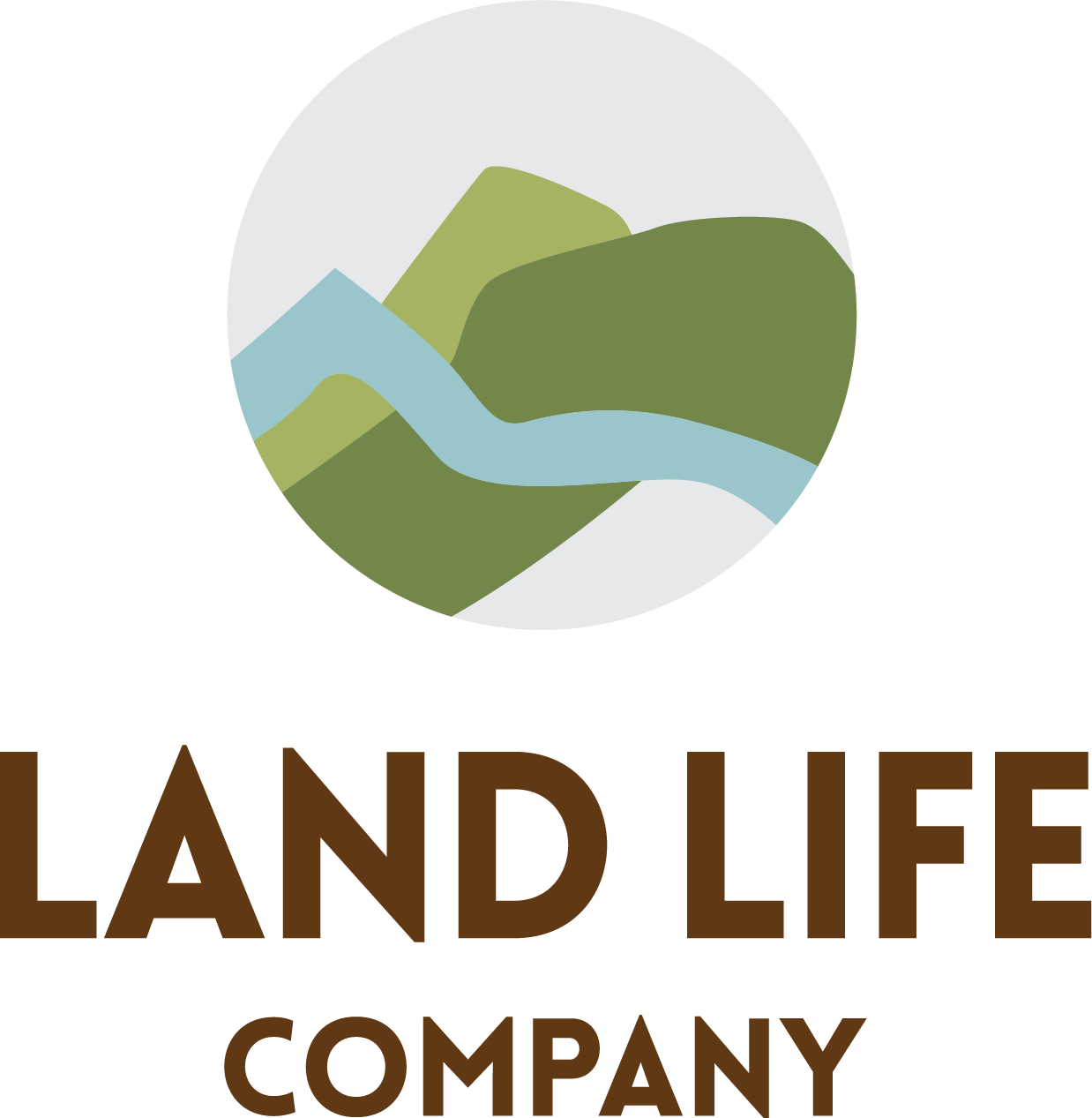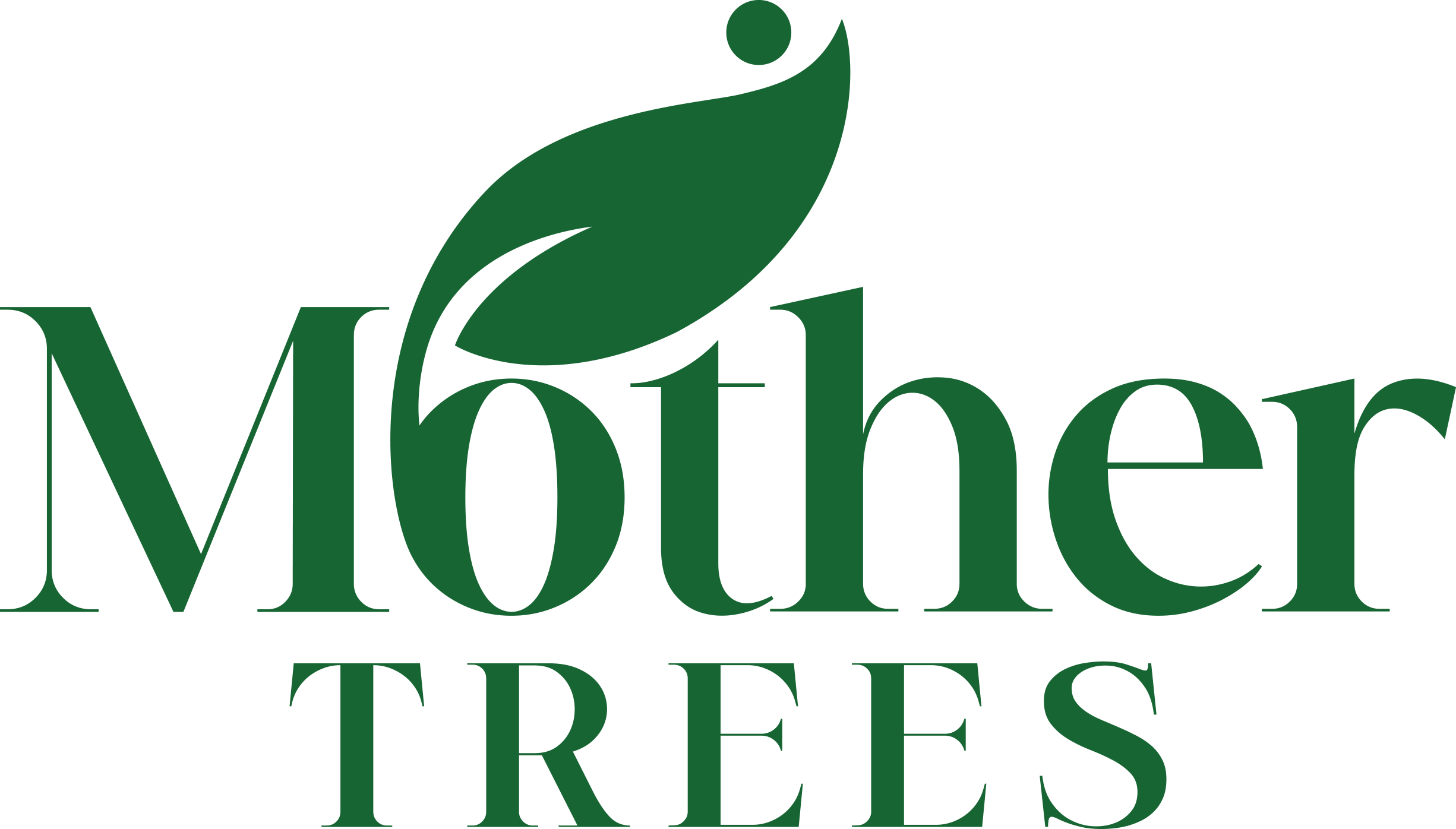Forest Champions
Every tree counts, and our Forest Champions are engaging diverse partners to deliver trillion trees activities in every possible scale and setting across America and around the world.
Plant 4.6 million new native trees by 2030
Verizon to Plant 20 Million Trees by 2030
Mobilizing and Supporting the Conservation, Restoration, and Growth of 100 Million Trees
American Tower Corporation Million Trees Initiative
State of Wisconsin Forest Conservation and Tree Planting Pledge
The PrintReleaf 10 Million Standard Tree Pledge
National Indian Carbon Coalition Tribal Land Conservation Initiative
Global Landscape Restoration
HP Sustainable Forests Collaborative
Project Muyuychi - Restoring Peruvian Amazon in partnership with communities
Planting 1000 Trees in Illinois by 2030
40M Trees: Empower Rural Farmers to Reverse Poverty
Tech-Driven Reforestation Pledge
Partnerships and Financial Innovation to Support Climate Action and Tree Equity
Advancing Sustainability Through Forest Certification and Conservation Impact
The LifeTree System: A Mother Trees Model
Educate and Empower Forestry and Natural Resources Professionals
50 Million for Our Forests
Conserving 100 Million Hectares by 2030
PepsiCo and Nature Based Solutions to 1.5°C
Restoration, Stewardship, and Conservation of the Longleaf Pine Ecosystem
Improving the Health of the Urban Forest in the Chicago Region
Planting 50 Million Trees in the Great Lakes State
Reforesting and Restoring America’s Family Owned Forests
Forest Monitoring Designed for Action
Leveraging private markets to increase the pace and scale of forest restoration
Buy a Book. Plant a Tree.
One Tree Planted’s 50 Million Pledge
One Billion Trees to Transform One Million Farms
One Million Trees Planted by 2030
Travelers Has 5 Million Reasons To Go Paperless
Carbon Offsets and Impact Certification for Reforesting Cities and Enriching Communities
State of Maryland - Growing Five Million Trees by 2030
Vermont Urban Tree Planting Pledge
City of Ann Arbor - 20,000 Trees Commitment
Accion Andina: 30,000,000 high Andean trees by 2030
50 Million Trees in Underserved Communities Globally by 2030
Clif Bar’s 2025 Tree Planting Commitment
Tree-Plenish’s Pledge to Plant and Educate
One Million Trees for a Thriving Planet
One Million Tree Pledge to Restore Our Forests
Nice-Pak Healthy Forests, Healthy People
5 Million Trees to create resilient forests and communities
Trees for Climate Health Initiative of Jonas Philanthropies
Priceless Planet Coalition
One Acre Fund - 1 Billion Trees
Keeping Washington Evergreen
Solving Climate Change through natural carbon capture
Mobilizing Evangelicals to Reforest our Cities and the World
One Million Trees for Puerto Rico
6 Million Trees to Restore & Protect Our Forests
Tea Tree One Million Tree Pledge
Tree Equity in America's Cities
SFLR Climate Solutions Partnership
15% of Profits for Trees Forever
The Right Now Climate Fund
Green Forests Work to Restore 5 Million Trees on Surface Mined Lands in Appalachia and Beyond
Planting Trees with People for People
Orion Global Solutions Launches Reforestation Mission
































































